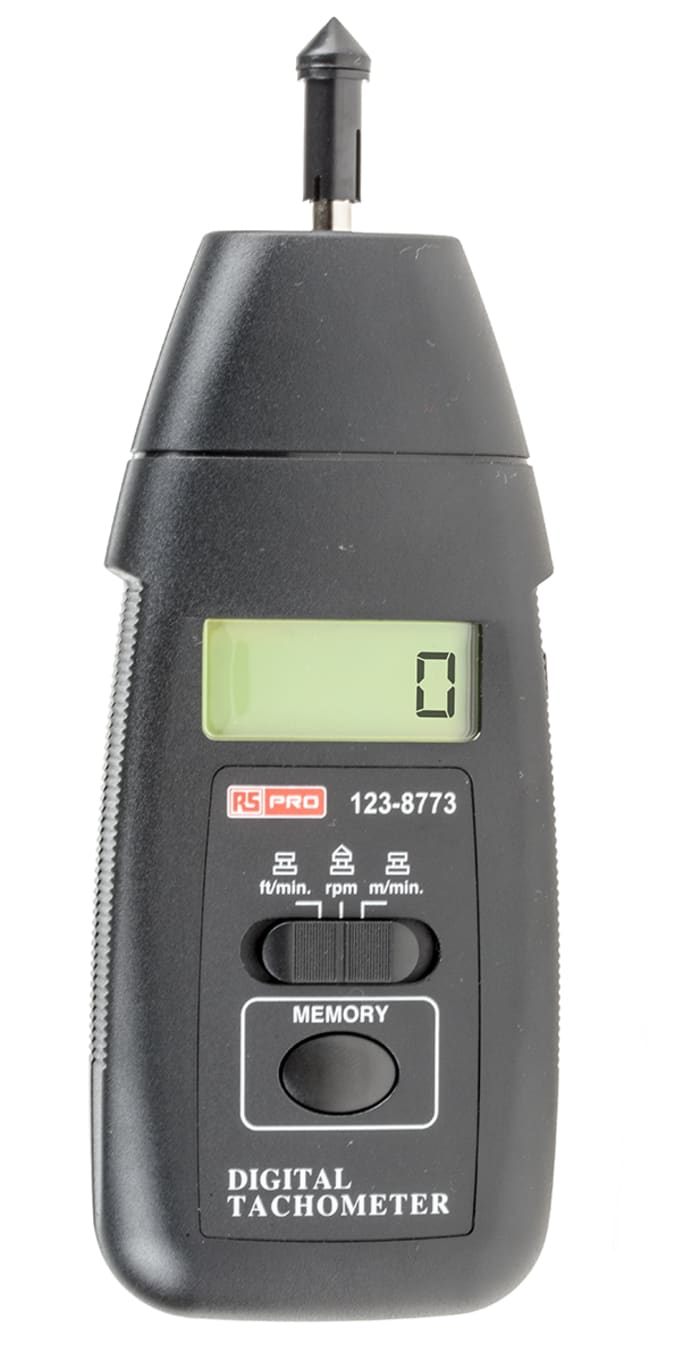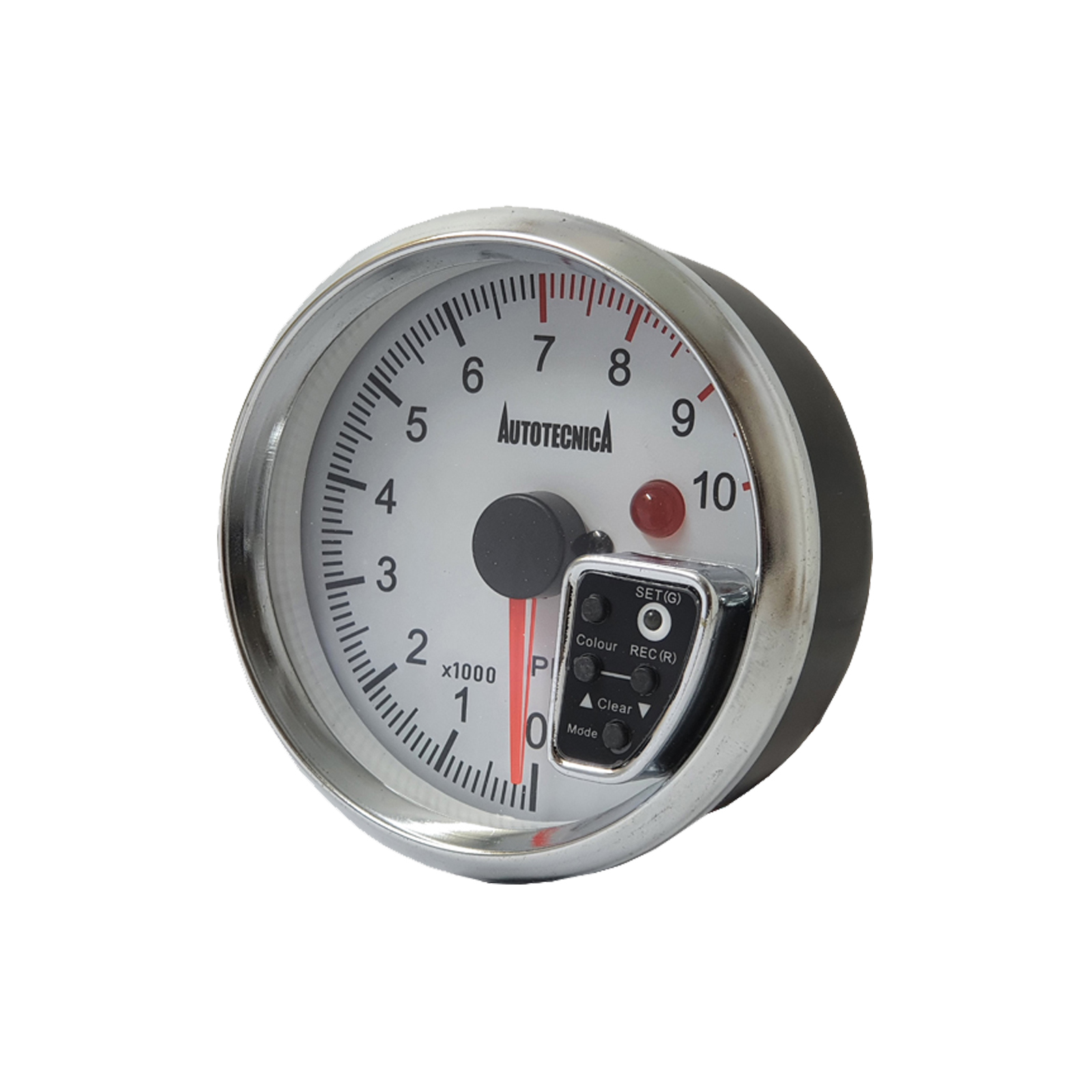Tachometer Fundamentals: Every Little Thing You Need to Know for Accurate Readings
The Significance of a Tachometer in Monitoring Engine Rate and Performance in Automotive Applications
In the realm of automobile engineering, the tachometer stands as a critical instrument in the vehicle driver's toolbox, supplying a straight window right into the internal operations of a lorry's engine. Beyond its feature as a plain scale of transformations per minute (RPM), the tachometer acts as an important device for enthusiasts and professionals alike, providing real-time understandings into engine efficiency and wellness. Recognizing the importance of this gadget surpasses surface-level monitorings, diving into the elaborate connection between engine rate, power output, and overall driving experience. As we check out the complex role of the tachometer in auto applications, a much deeper appreciation for its effect on car dynamics and efficiency starts to emerge.
Importance of Checking Engine RPM
Monitoring engine RPM, or changes per min, is a vital facet of automotive maintenance and efficiency analysis. Engine RPM straight associates with the rate at which the engine's crankshaft turns, indicating just how promptly the engine is running - tachometer. By checking RPM, auto mechanics can assess the health of the engine, detect possible issues, and fine-tune performance. An unusual RPM reading might signal problems such as engine misfires, defective spark plugs, or problems with the gas distribution system. Consistently high RPM analyses can show hostile driving habits or the demand for a higher equipment change to improve fuel effectiveness.
Furthermore, keeping track of engine RPM is vital for efficiency evaluation in auto racing and high-performance lorries. In summary, keeping track of engine RPM is not just essential for detecting problems but likewise for maximizing engine performance in different automobile applications.

Benefits of Real-Time Data
In automobile applications, real-time data plays a crucial duty in offering instantaneous understandings into the performance and problem of the lorry. By constantly checking various parameters such as engine speed, temperature level, fuel intake, and extra, real-time information provides numerous advantages that contribute to improved effectiveness and safety and security when traveling.
In addition, real-time data assists in efficiency optimization by providing prompt feedback on driving behaviors and engine performance. Vehicle drivers can adjust their habits in real-time based on this info to attain better fuel economic climate and extend the lifespan of their lorry.

Additionally, real-time data plays a vital role in contemporary vehicle diagnostics, allowing technicians to quickly detect and resolve malfunctions. This leads to decreased downtime, lower maintenance prices, and ultimately, improved total vehicle dependability and long life (tachometer). By harnessing the power of real-time information, automotive stakeholders can make enlightened choices that favorably influence both the performance and longevity of the vehicle
Influence On Equipment Shifts
Effective equipment shifts in auto applications dramatically affect overall efficiency and driving experience. The tachometer plays an important duty in optimizing equipment shifts by supplying real-time engine rate data to the chauffeur. When coming close to the redline on the tachometer, it indicates the chauffeur to upshift to stop over-revving the engine and causing potential damage. On the various other hand, downshifting at the best minute can aid maintain the engine in its power band, guaranteeing receptive acceleration when needed.
Additionally, the tachometer help in attaining smoother equipment transitions, specifically in manual transmissions. By keeping an eye on engine rate, vehicle drivers can perform view it equipment shifts at the optimum RPM variety, lowering snagging movements and reducing wear on the transmission elements. This accuracy on duty adjustments not just enhances driving comfort but likewise adds to sustain performance.
Enhancing Fuel Efficiency
Provided the essential function the tachometer plays in maximizing gear shifts for efficiency and engine wellness, it directly adds to making best use of fuel performance in vehicle applications. By giving real-time feedback on engine speed, the tachometer aids vehicle drivers in maintaining the most reliable RPM array for gas economy. When chauffeurs constantly keep an eye on the tachometer and adjust their driving routines as necessary, they can avoid unnecessary fuel usage caused by over-revving or carrying the engine.
Furthermore, the tachometer helps motorists identify one of the most fuel-efficient gear to be in at any type of provided moment, preventing the engine from working more challenging than why not try these out needed. This is particularly crucial during velocity and travelling, where being in the ideal gear can significantly affect gas efficiency. In addition, the tachometer can signal chauffeurs to prospective mechanical problems that could be negatively influencing fuel economic climate, such as a slipping clutch or a blocked air filter. Finally, the tachometer serves as a beneficial device in improving gas performance by promoting optimum driving practices and recognizing areas for improvement in the lorry's efficiency.

Making Best Use Of Engine Durability
The tachometer's role in keeping an eye on engine rate and efficiency is crucial in making sure the durability of auto engines. By utilizing the tachometer properly, motorists can optimize engine durability through mindful RPM monitoring. Constantly revving an engine too high can result in too much deterioration on essential components, such as the pistons, shutoffs, and bearings. With time, this can lead to decreased engine performance and possible malfunctions. Monitoring the tachometer enables motorists to remain within the suggested RPM variety for their lorry, avoiding unneeded stress on the engine and expanding its lifespan.

Conclusion
To conclude, the tachometer plays a vital duty in monitoring engine speed and performance in auto applications. By giving real-time information on RPM, it permits efficient equipment shifts, enhanced fuel efficiency, and made best use of engine durability. This device is essential for preserving optimum engine performance and ensuring the general capability of a car.